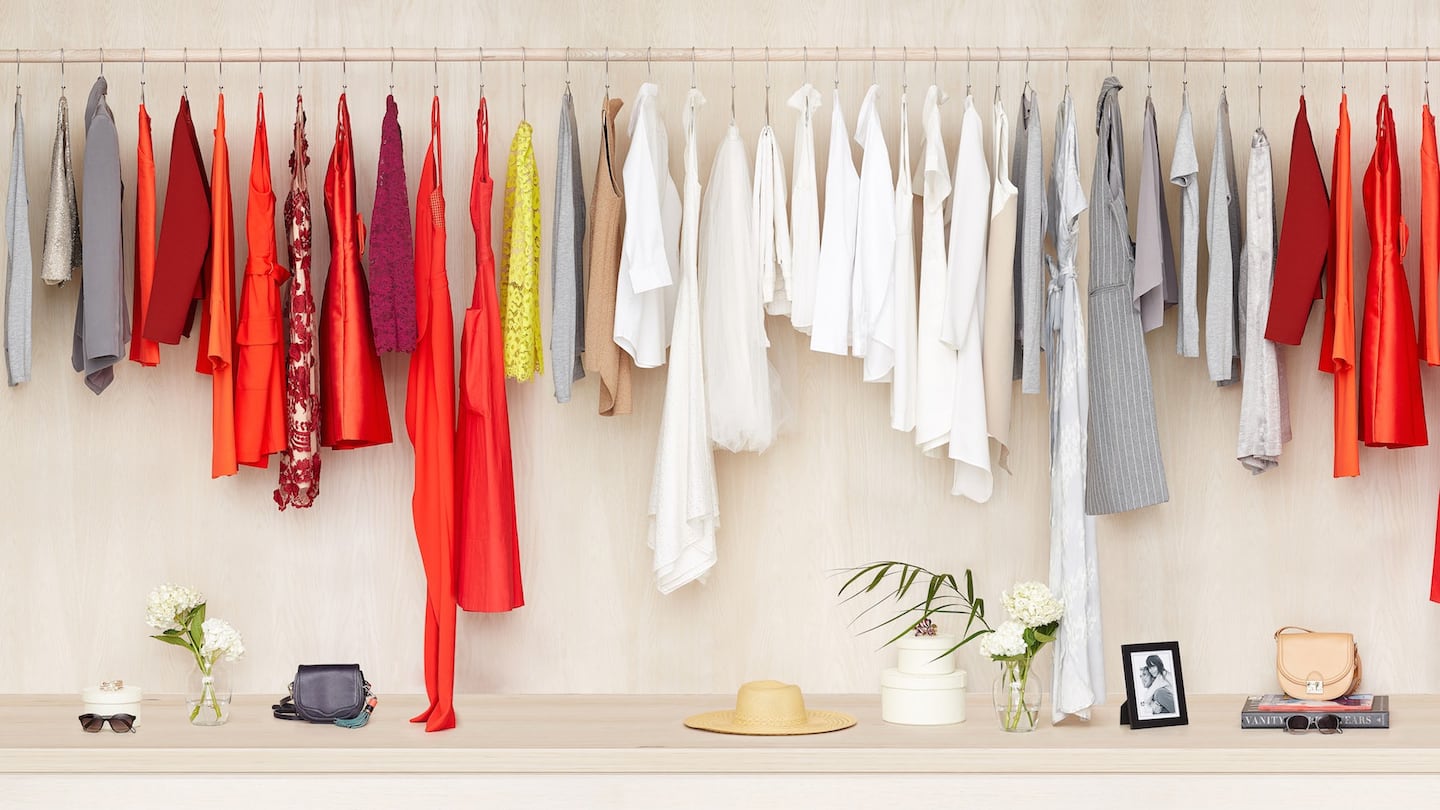
The Business of Fashion
Agenda-setting intelligence, analysis and advice for the global fashion community.

Agenda-setting intelligence, analysis and advice for the global fashion community.

Rent the Runway has had a deeper hole to climb out of than most fashion companies during the pandemic. Demand for event wear and office clothes, the rental service’s two key markets, vanished almost overnight in March 2020. The platform has spent the past two years trying to win those customers back.
The company still has a way to climb, though recovery may be in sight. On Wednesday, Rent the Runway reported $203.3 million in sales for 2021, up 29 percent from the previous year, although still below its peak of $257 million in 2019. Active subscribers — customers who are paying up to $235 a month to rent up to 16 pieces per month — more than doubled to 115,240, but also remained below 2019 levels. The company fell deeper into the red, reporting a net loss of $211.8 million in 2021, compared to $157 million in 2019.
Both revenue and profit figures beat analyst forecasts, and the company predicts its revenue will grow 50 percent this year, and that it will break even in adjusted EBITDA (or earnings before interest, taxes, depreciation and amortisation) in the next three-to-five quarters.
In the upcoming year, there will be “unprecedented demand” for wedding guest attire and going-out clothes, founder and CEO Jennifer Hyman told analysts Wednesday. “2022 will be a banner year for special events and we plan to capitalise on it,” she said.
ADVERTISEMENT
As the number of users grows, the company is confident margins will grow, too, by marginally raising prices, reducing fulfilment costs and shifting its wholesale relationship with brands to a “consignment” — or revenue-sharing — model based on how each particular style performs on the rental platform.
But investors are losing faith. Rent the Runway debuted on the Nasdaq last October with a $1.7 billion market capitalisation. Since then, its value has dropped by two-thirds, to about $360 million. Shares fell about 5 percent in after-hours trading following the earnings report.
Rent the Runway isn’t just fighting to overcome the pandemic’s impact. Its problem lies in the concept of rental itself, which consumers have been slower to adopt than many experts, investors and industry insiders had anticipated.
While the idea of renting a dress for a wedding — or even a wedding dress — proved intuitive for tens of thousands of Rent the Runway customers, it hasn’t taken hold with the general public, said Sucharita Kodali, a retail analyst at Forrester.
“[Hyman] tapped into the psychology of this culture where people on social media are showing off their outfits at these fancy parties and no one wants to be seen in the same outfit,” Kodali said. “But how many people actually live like that? And how many parties are they going to?”
But even if there are enough shoppers looking for new outfits on a weekly basis, rental services have faced increased competition from resale sites, which similarly promise an endless wardrobe at a relatively affordable price. Shein and other online fast-fashion retailers offer complete outfits for under $20, cheap enough to be worn once and thrown out.
On a rental service, by contrast, customers only have access to what’s available, and they must also return every piece they borrow. That means customers are spending hours perusing the website and visiting UPS about to drop off returns.
“[Rental] requires way too much effort, especially when clothes are so cheap,” Kodali said.
ADVERTISEMENT
Still, there is an audience of fashion-forward consumers who like to go out. Hyman said the company has seen outsize success in Sun Belt states like Georgia and Florida, and little impact overall from the BA.2 variant going around today.
As long as Rent the Runway can continue to grow its membership while decreasing its cost of operation, it has a future, Kodali said. “Rental can be a nice, niche business, not a billion-dollar business.”
Editor’s note: This article was revised on 14 April, 2022. A previous version said customers pay up to $149 a month for Rent the Runway’s subscription service. This is inaccurate. Its most expensive monthly plan is $235.
The recent shuttering of rental start-up Seasons highlights how logistics costs and uncertain cash flow have dimmed the prospects of a once-hot retail concept.
The rental platform may have redeemed its unicorn status on the public market, but critics are wary of its long-term growth potential.
While the whole apparel sector is challenged by the ongoing crisis, fast-growing of rental and resale platforms may be uniquely and disproportionately impacted.

Cathaleen Chen is Retail Correspondent at The Business of Fashion. She is based in New York and drives BoF’s coverage of the retail and direct-to-consumer sectors.
As the German sportswear giant taps surging demand for its Samba and Gazelle sneakers, it’s also taking steps to spread its bets ahead of peak interest.
A profitable, multi-trillion dollar fashion industry populated with brands that generate minimal economic and environmental waste is within our reach, argues Lawrence Lenihan.
RFID technology has made self-checkout far more efficient than traditional scanning kiosks at retailers like Zara and Uniqlo, but the industry at large hesitates to fully embrace the innovation over concerns of theft and customer engagement.
The company has continued to struggle with growing “at scale” and issued a warning in February that revenue may not start increasing again until the fourth quarter.